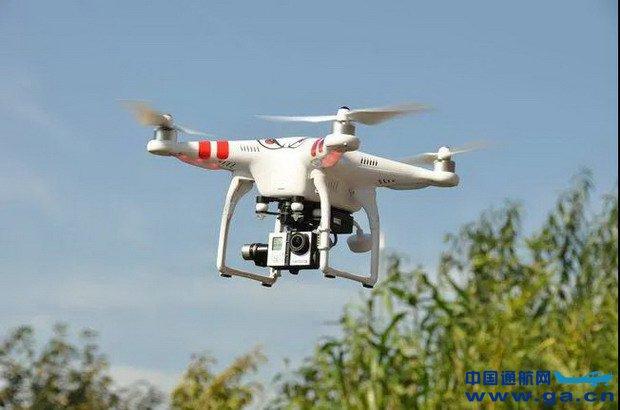In recent years, the emergence of camera drones with gimbal technology has revolutionized aerial photography, offering new opportunities to capture stunning visuals from unique perspectives. This article delves into the world of camera drones equipped with advanced gimbal systems, exploring their features, benefits, and the impact they have on both amateur and professional photographers. One of the defining features of modern camera drones is the incorporation of a gimbal, a stabilizing device that ensures smooth and shake-free footage. Gimbals use motors and smart sensors to keep the camera steady, allowing for precise control during flight and capturing clear images regardless of unpredictable movements or external conditions like wind or sudden jerks. Consider the role of gimbals in enhancing the precision and quality of drone photography. For a photographer aiming to capture seamless aerial shots, the gimbal adjusts the camera’s position in real-time, counterbalancing any unwanted movement. This ensures each shot is fluid and professional-grade, making gimbals a crucial aspect of aerial imaging.
The Rise of Camera Drones with Gimbal Technology
The popularity of camera drones has soared, partly due to the advent of gimbal technology that complements drone capabilities. Initially used in military applications, gimbals have transitioned into the consumer market, boosting the usability and appeal of drones. Enthusiasts from different fields—be it videography, photography, or inspections—embrace these drones for their versatility and reliability. As drone technology advances, newer models offer gimbals with multifaceted controls, enabling users to capture dynamic angles that previously seemed impossible.
Key Benefits of Gimbal-Equipped Camera Drones
- Stability: Gimbals are engineered to maintain a steady position, drastically reducing vibrations and disturbances during flight, achieving smooth video capture.
- Enhanced Control:
 With a gimbal, photographers can easily adjust the tilt and orientation of the camera, which is essential for capturing dynamic shots.
With a gimbal, photographers can easily adjust the tilt and orientation of the camera, which is essential for capturing dynamic shots. - Unmatched Versatility: These drones can handle a wide range of tasks from real estate showcases to nature documentaries, offering incredible adaptability.
A critical aspect of using camera drones with gimbal systems is their ability to operate in diverse environments. Whether navigating tight corners or soaring over vast landscapes, the gimbal ensures consistent quality, allowing artists to focus on creative composition rather than technical hindrances.
Exploring Gimbal Mechanics and Drone Integration
The technology behind gimbal integration involves complex balancing algorithms and lightweight materials engineered for high performance. The synergy between drone and gimbal technology opens up new creative possibilities, from panoramic shots to in-depth videography, enabling users to push the boundaries of visual storytelling.
Choosing the Right Camera Drone with Gimbal
Investing in a camera drone requires understanding key factors such as drone capacity, camera specifications, and gimbal functionality. Models offering both high-resolution cameras and adaptable gimbals will provide the best results. Attention should be paid to battery life and flight range, ensuring that prolonged sessions don’t compromise capture quality. Popular options like the DJI Mavic series, known for its premium gimbals and intuitive controls, are recommended for those looking to elevate their aerial photography.
FAQs About Camera Drones with Gimbals
- What is a camera drone with a gimbal used for?
- These drones are primarily used for capturing high-quality aerial photographs and videos, offering stability and precise control over camera angles even under challenging flight conditions.
- How does a gimbal improve drone photography?
- A gimbal mitigates the effects of vibration and movement during flight, providing a platform for the camera that remains stable, which is crucial for capturing clear and professional-grade footage.
- Can gimbal-equipped drones be used in harsh weather?
- While gimbal technology enhances stability, it’s essential to check each drone’s specifications regarding weather resistance. Features like wind resistance and rain protection can support drone usage in various environments.